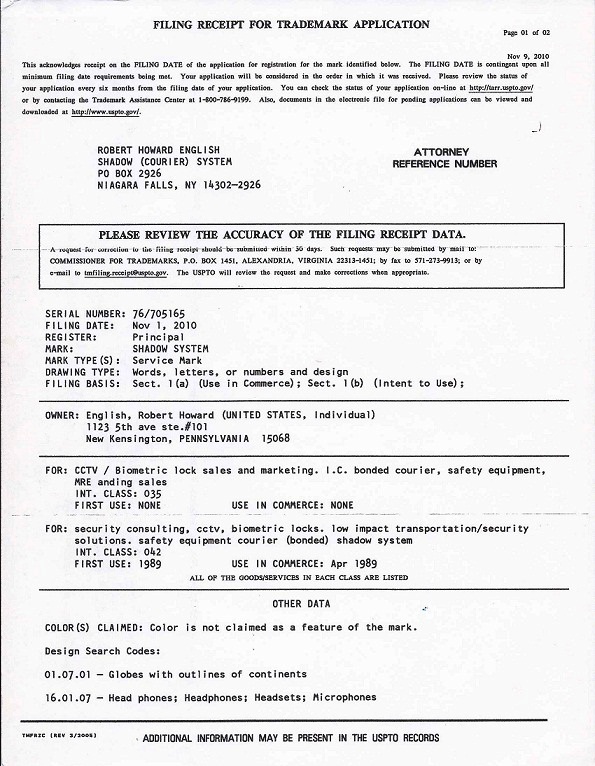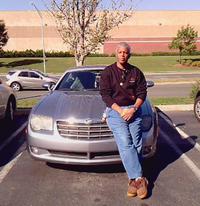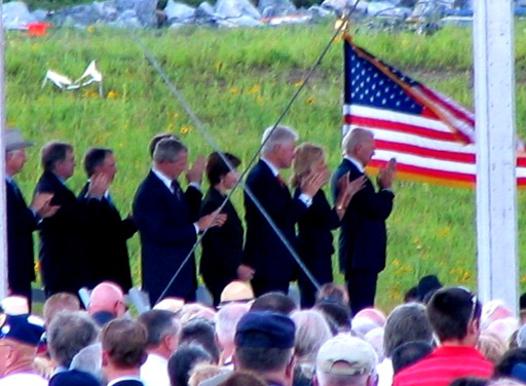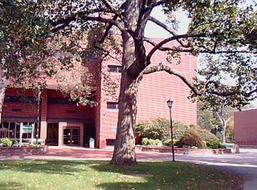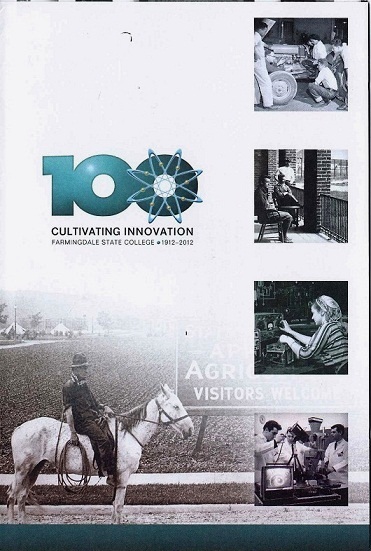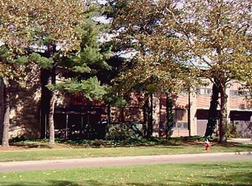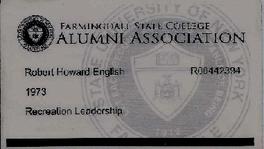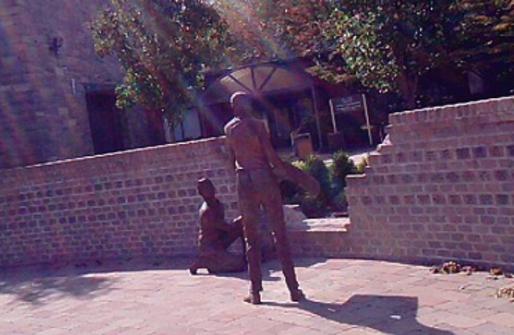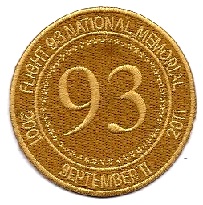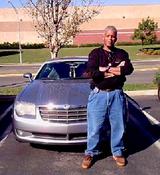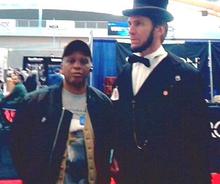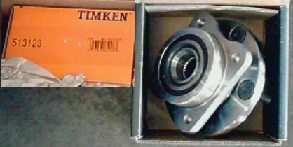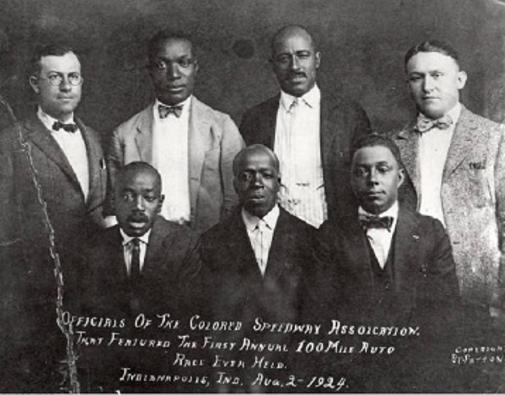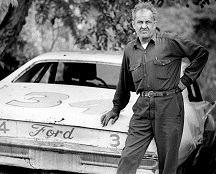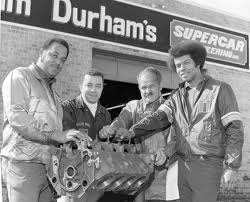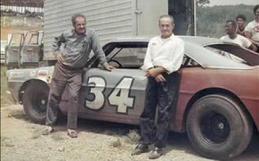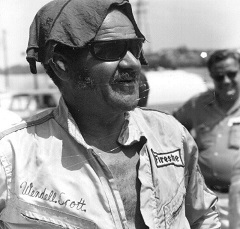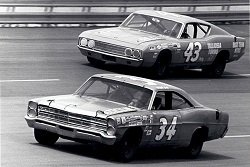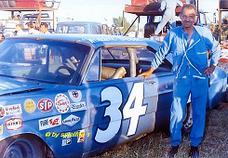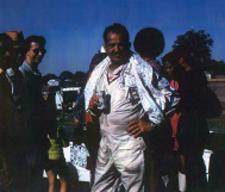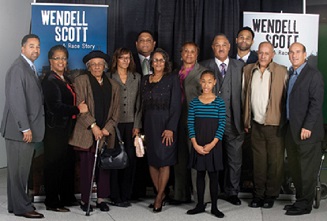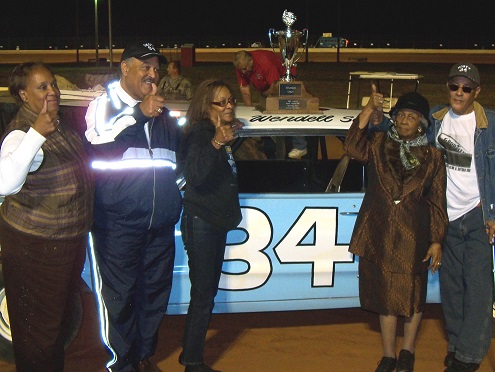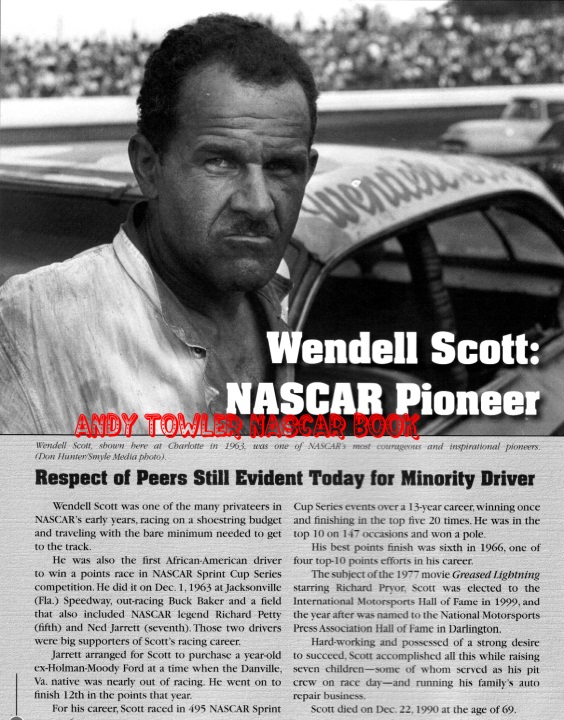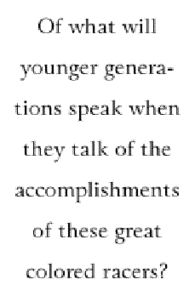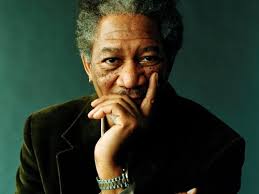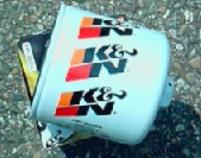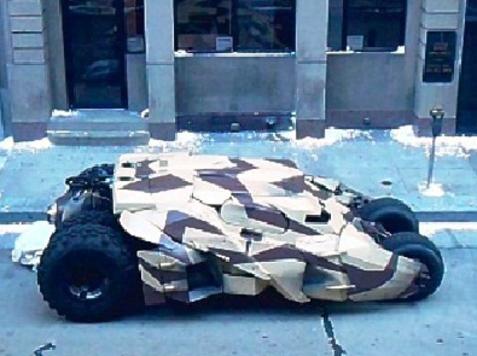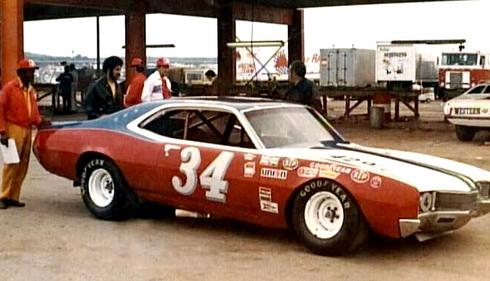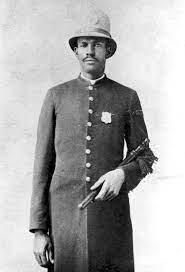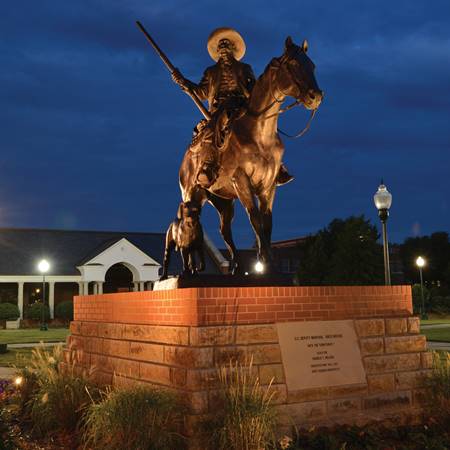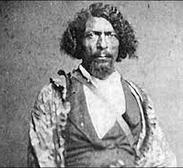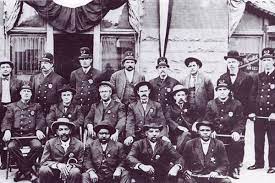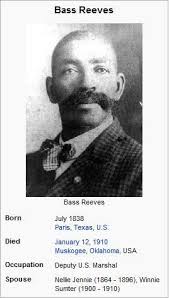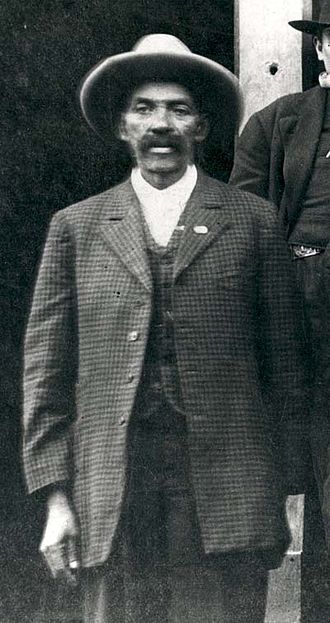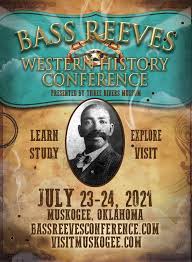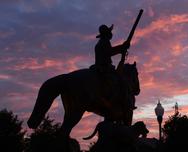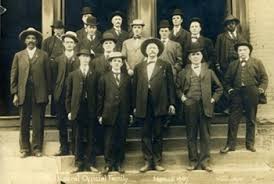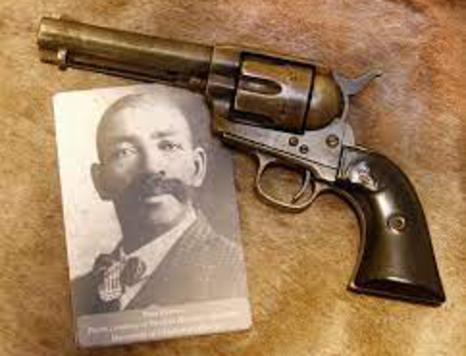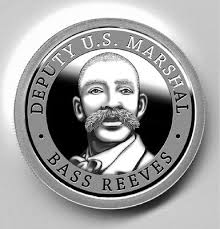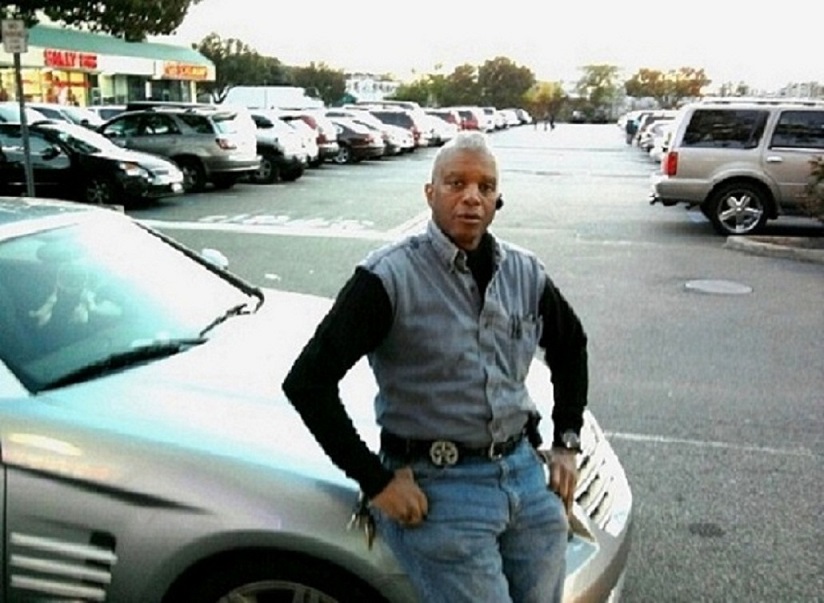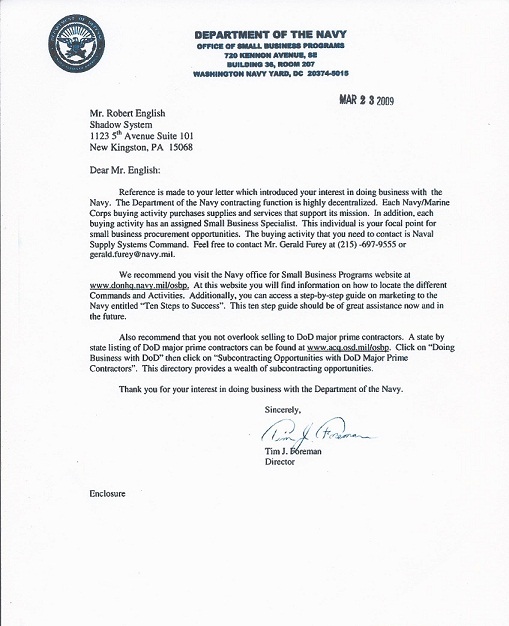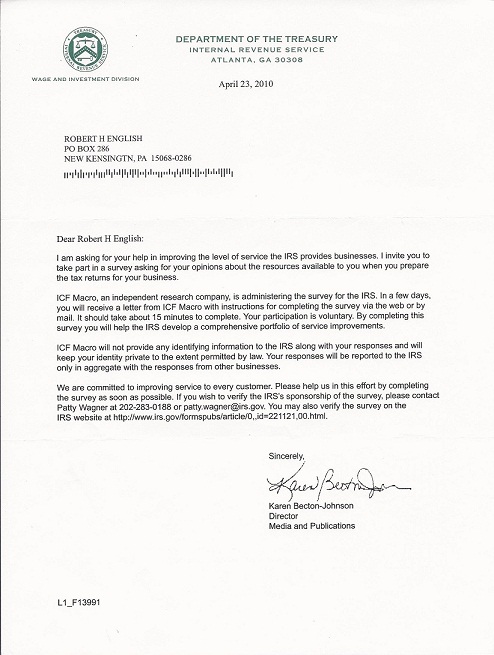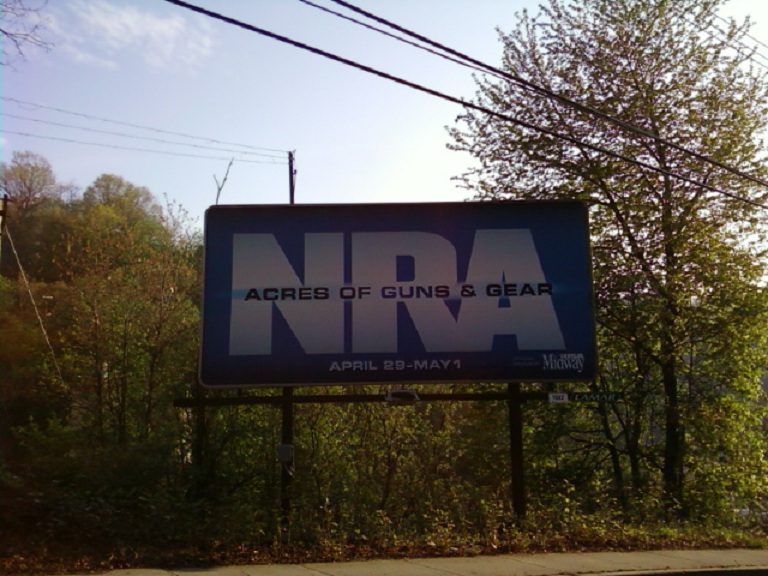TESTIMONIALS 2
NASCAR NEEDS TO WAKE UP TO THE REAL STOCK CAR HISTORY
For the majority of the twentieth century, there were no black drivers in AAA races. Barney Oldfield was blacklisted, in part, for participating in match races with one time boxing champion Jack Johnson in 1910. “Rajo” Jack DeSoto (whose real name was Dewey Gatson) competed with white drivers in outlaw races on the west coast for nearly four decades, but was the exception to the rule. Segregation was institutionalized in the Midwest.
William Rucker was the shop manager for the Cincinnati, Indianapolis & Western Railway and a leader in the Indianapolis black community. He was also a race fan, and had visions of African Americans driving in the Indianapolis 500. With local businessman Harry Dunnington, promoter Alvin Smith, and attorney Robert Brokenburr, Rucker organized a 100-mile contest for black racers on the red clay of the Indiana State Fairgrounds on 2 August 1924.
William Rucker was the shop manager for the Cincinnati, Indianapolis & Western Railway and a leader in the Indianapolis black community. He was also a race fan, and had visions of African Americans driving in the Indianapolis 500. With local businessman Harry Dunnington, promoter Alvin Smith, and attorney Robert Brokenburr, Rucker organized a 100-mile contest for black racers on the red clay of the Indiana State Fairgrounds on 2 August 1924.
The event was largely ignored in the white press, but it caught the fancy of Chicago Defender sports editor Frank A Young, who found success covering the Negro National League’s Kansas City Monarchs. In a 5 July nationally syndicated column, Young hyped the Indy race. “The largest purses will be posted here, and the greatest array of driving talent will be in attendance in hopes of winning gold for themselves and glory for their race.” The Indy event became known as the “Gold and Glory Sweepstakes.”
My uncle was Wendell Scott and just like all the Scotts, Scaggs, Lanes, Aleander’s and the English’s we drive, better, harder, further and better than any good old boy stock car driver in America.
The Colored Speedway Association Is The Greatest American Success Story
Today There Are Over 8 Generations of Minority Racers In America!
"So Are You Ready For The Next Big Thing?"
"A good driver always knows what's in his vehicle".
Vin Diesel
The fiercest federal lawman you never knew!
The ideal law enforcement hero for our times would probably be a righteous badass, rounding up criminals by the dozens, quick on the draw but with the kind of ironclad integrity that evokes the the likes Lone Ranger. That hero was an African American, struggling against recial barriers few white men could fathom.
Now, popular culture has discovered such a hero. His name was Bass Reeves. A former slave and one of the first black U.S. Deputy Marshals west of the Mississippi. He became legendary during the late 19th and early 20th centuries for his prowess at hunting down criminals in Indian Territory.
Reeves, a tall, burly man with a boisterous manner who reportedly handled a .44 Winchester rifle so ably he could kill a man from a quarter-mile away, brought scores of outlaws to justice, many of them white. In a turning of the tables nearly unheard of after Reconstruction. Reeves even hunted and arrested white men for lynchings and other racial hate crimes, according to Art T. Burton, 70, a retired university administrator and history professor who wrote the 2006 Reeves biography “Black Gun, Silver Star.”
He worked under Judge Isaac Parker, the famous “Hanging Judge,” who presided between 1875 and 1896 over the U.S. District Court for the Western District of Arkansas in Fort Smith. At one time, it was the largest criminal court in the country. Like many slaves, Reeves had been forbidden from learning to read. Instead, he memorized the way suspects’ names appeared on paper, then matched them with the way they sounded so he could serve arrest warrants and subpoenas.
“Bass Reeves was the most successful marshal that rode in the Indian country,” declared a story in the Daily Arkansas Gazette in 1891. “He is a big ginger-cake colored negro, but is a holy terror to the lawless characters in the west. It is probable that in the past few years he has taken more prisoners, from the Indian Territory, than any other officer.”
“Reeves would round up dozens of outlaws at a time 12, 15, 16 while most deputy marshals brought in four or five at a time”. It makes a compelling case that Reeves was the inspiration for the fictional Lone Ranger.
Contrary to what classic Westerns might lead us to believe, one in four American cowboys was actually African American.
Reeves arrested more than 3,000 outlaws and killed 14 criminals without ever sustaining a gunshot wound. His whole life was defined by stranger-than-fiction experiences. And many people whom he arrested were sent to the House of Corrections in Detroit, which was the same city where The Lone Ranger was first introduced via radio in 1933.
Historical Research by:
Professor Art T. Burton
Doing my ancestery searches have brought a new awareness of my families contributions to United States history!
Bass Reeves Legacy Monument in Penderegraft Park, Fort Smith, AK
This monument briges the past and present, connecting Reeves remarkable acomplishments with leaders of future generations. Providing recognition of Fort Smith's lasting relationship with the U.S. Federal Marshalls Service the nations oldest law enforcement agency is historic.
I was fortunate in my security career to work the last two years of President Jimmy Carter's administration assigned in the NYC area. After President Ronald Regan was shot I stayed on in a contract capacity working for the first two years of his administration.
WE SUPPORT OUR TROOPS PAST & PRESENT
10% PROCEEDS OF ALL SALES NOW GOES TO:
VIETNAM, DESERT STORM, AFGHANISTAN VETERAN
ASSOCIATIONS & THE WOUNDED WARRIOR PROJECT
Project 2003 Dodge Minivan


